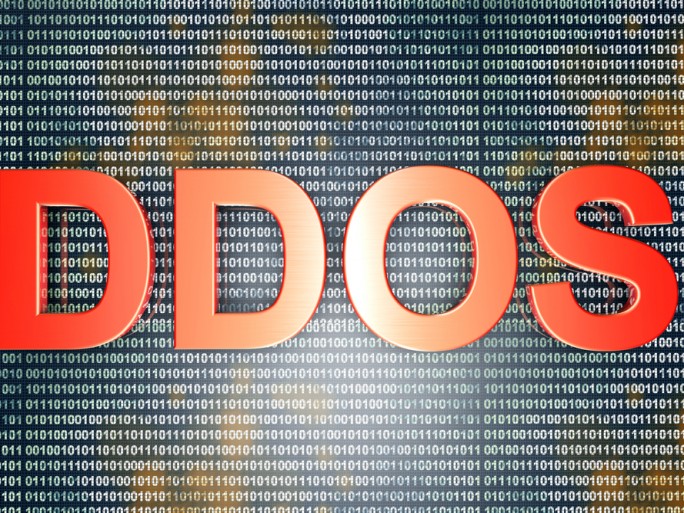Largest DDoS Attack In History: 1.4 Tbps

Although the number of distributed denial-of-service attacks decreased by 3 % in 2021, their complexity has increased.
Distributed denial-of-service attacks, known by the acronym DDoS, decreased by 3 % in 2021. But their complexity is increasing. In fact, the maximum size of attacks exceeded 21 Gbps during the fourth quarter, which is more than four times the level recorded at the beginning of 2020.
Most attacks have remained below 100 Mbps, but there were record-breaking exceptions. If the largest DDos attack of the whole of 2020 had reached 253 Gbps, by February 2021 there had already been a 500 Gbps one. But then in November there was another one that reached 1.4 Tbps in less than two minutes, with a total duration of four minutes.
The most notable attack in all of 2022 combined volumetric (DNS reflection) methods, supported by publicly available tools, and application-layer (HTTPS GET flooding).
Volumetric attacks remain the most common typology, accounting for almost 6 out of 10 recorded attacks. At the same time, protocol and application layer attacks are on the rise. DNS query attacks have also become more common.
All this data has been compiled by F5 through its F5 Silverline managed services cloud platform. The company ranks the banking and insurance sector as the main target of DDoS attacks, accounting for more than a quarter of the volume of such attacks. It is followed by the telecommunications, education and technology sectors, which, along with banking and insurance, account for 75% of attacks.
F5 observes “an increasingly challenging landscape for threat protection, with defenders needing to employ more techniques in parallel in order to mitigate increasingly sophisticated attacks and prevent denial of service.”
“Although the number of attacks decreased slightly in 2021, the DDoS problem is by no means going away. Both the size and complexity of these attacks are growing, requiring a more agile and diverse response from security managers,” says David Warburton, director of F5 Labs.
“Even a brief service interruption can have significant consequences and negatively impact the victim’s brand image and reputation,” Warburton reminds us.